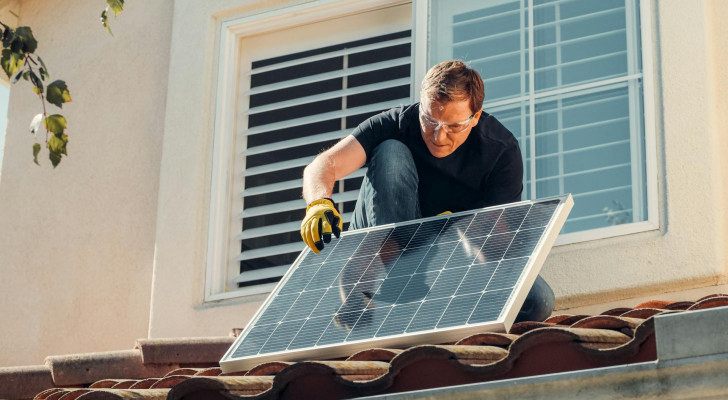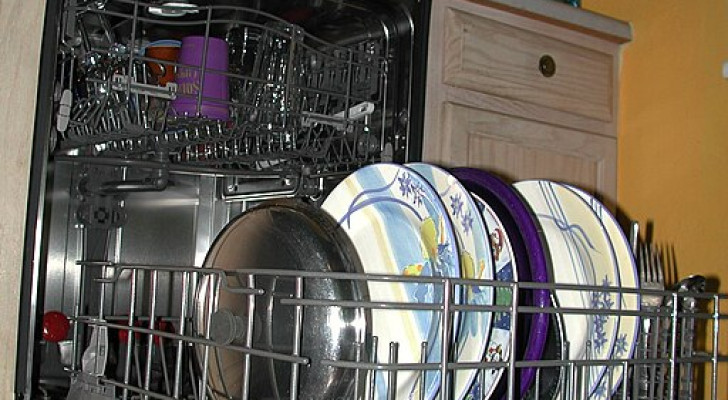Plug and play solar panels: what they are, how they work, and how to install them at home

Today, the use of alternative sources for electricity production is being looked at with increasing attention, not only as a matter of environmental sustainability, but also because of the steadily rising costs of monthly bills, which increasingly affect the household economy.
The installation of photovoltaic panels is one of the possible solutions, unfortunately not always feasible due to high installation costs or other obstacles. In these cases, one can consider installing plug and play panels, which are cheaper and easier to install.
In this brief guide we explain what these panels are and how they work.
What are plug and play solar panels
Plug and play solar panels are a small portable photovoltaic system whose small size makes it easy to install on windows and balconies or in the garden. This small system connects to the household grid through a simple power outlet, providing electricity immediately ready for use.
A plug and play PV system consists of 3 main elements:
- photovoltaic module: a small monocrystalline or polycrystalline solar panel, 350 W or less in power;
- micro inverter: an element necessary for converting the energy produced by the panel into energy readily usable in the home;
- support: frames and mounting brackets that allow the solar panels to be installed on the balcony, the exterior wall of the house, or in the garden.
How plug and play solar panels work

As mentioned earlier, plug and play solar panels have a very low power rating of 350 W or less and are easily installed on the exterior walls of the house or on balconies and in the garden. Their placement is crucial for the proper functioning of these panels, which should preferably be placed facing south, in an area of the house where they can receive direct sunlight. Attention should therefore also be paid during installation to any shade cast by large trees or nearby buildings.
In most cases, installation does not require any permit, unless, for example, there are landscape restrictions or limitations imposed by the condominium. Thus, depending on the markets, often all that is needed is a notification to the electricity supplier, who can proceed with meter checks and interventions, if necessary.
The excess energy produced by the photovoltaic panel is fed back into the energy grid, but no payment is made to the owner of the system.
Costs and benefits of plug and play panels

Are plug-and-play panels really beneficial, though?
Requiring neither a technician nor special permits for installation, these panels cost only a few hundred euros, which is considerably reduced compared to more traditional roof-mounted photovoltaic systems, but the savings in utility bills are also significantly lower.
A traditional photovoltaic system, in fact, achieves savings of 75 percent on utility bills, while plug and play models stop at 20 %. Energy not used instantaneously in self-consumption, moreover, will be fed back into the grid without any economic return in the case of plug and play panels, while with traditional panels the energy is remunerated.
Plug and play panels are therefore an excellent alternative to achieve minimal savings on utility bills and make our homes more sustainable, but only in cases where it is not feasible to install traditional panels, which continue to be the first choice.





